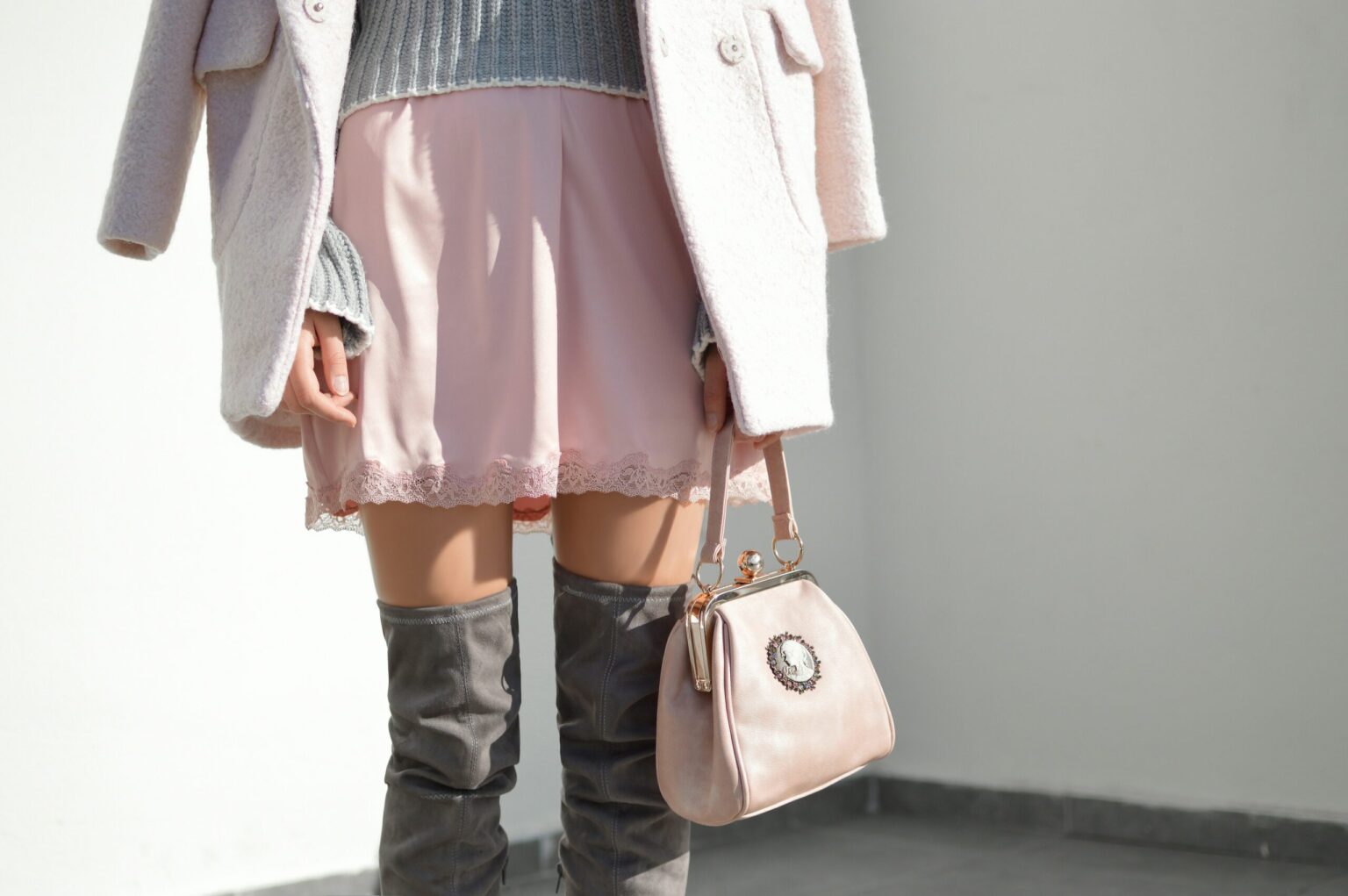Pamela Anderson turned heads on July 30 with a striking appearance in New York City’s SoHo district, donning a chic pink monochrome outfit that quickly ignited conversation across fashion and celebrity media. Featured in People magazine’s “Star Tracks,” Anderson’s look fused elegance and ease, embodying a confident reinvention of casual streetwear. The ensemble’s simple palette and effortless silhouette marked a notable departure from more embellished celebrity styling, instead signaling a growing appetite for elevated minimalism.
Wearing a soft blush-toned outfit accented with crisp white footwear and delicate accessories, Anderson embraced tonal dressing in a way that felt both modern and timeless. The pink-on-pink coordination, subtle in layering yet bold in color choice, sparked renewed interest in pastels as year-round fashion staples. Industry watchers pointed out how Anderson’s choice channeled “quiet luxury” sensibilities—where polished understatement and cohesive palettes trump flashy logos or maximalist trends.
Her appearance arrives amid a broader fashion climate that favors utility and intention over excess. Designers and retailers are increasingly leaning into tonal collections, soft color-blocking, and pieces that transition fluidly from day to night. Pamela Anderson’s outfit—structured yet relaxed, flattering yet unpretentious—highlighted how seasoned style icons can influence these shifts through personal fashion statements rather than runway debuts.
More than just a one-off moment, Anderson’s style in recent months has embodied a deliberate move toward sustainable and intentional fashion. Often photographed in monochromatic or earth-toned ensembles, she’s embraced minimal makeup, clean silhouettes, and capsule-inspired dressing. Her recent style revival stands in sharp contrast to the more overt glamour associated with her earlier celebrity image, showing evolution without abandoning identity.
Fashion analysts credit her with helping normalize a more pared-down celebrity aesthetic—one that appeals to women navigating contemporary life with equal parts ambition and restraint. In this sense, her SoHo outing was not just a fashion moment, but a statement of personal branding: authenticity through style. Her minimal yet expressive pink look reflected a broader cultural turn toward confidence through simplicity.
Social media fashion commentators and stylists quickly responded to the look, spotlighting pastel suiting, coordinated co-ords, and tonal accessorizing as emerging staples for the transitional seasons. Streetwear brands and department stores have already started curating pastel-forward collections for fall, forecasting a demand spike influenced by Anderson’s look. From casual influencers to style editors, her ensemble is being cited as an example of how to merge comfort, cohesion, and sophistication.
Anderson’s influence, now extending into Gen Z and millennial fashion circles, demonstrates that style credibility can transcend age and era. Her ability to spark trends through a grounded and personal lens has proven compelling in a media landscape often dominated by fast fashion and fleeting statements.
In sum, Pamela Anderson’s understated yet powerful pink moment in SoHo encapsulated the emerging direction of streetwear: where form meets function, and fashion becomes a tool for expression rather than excess. Her look didn’t just turn heads—it quietly redirected the season’s aesthetic compass toward intentional elegance and tonal confidence.
